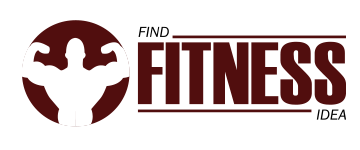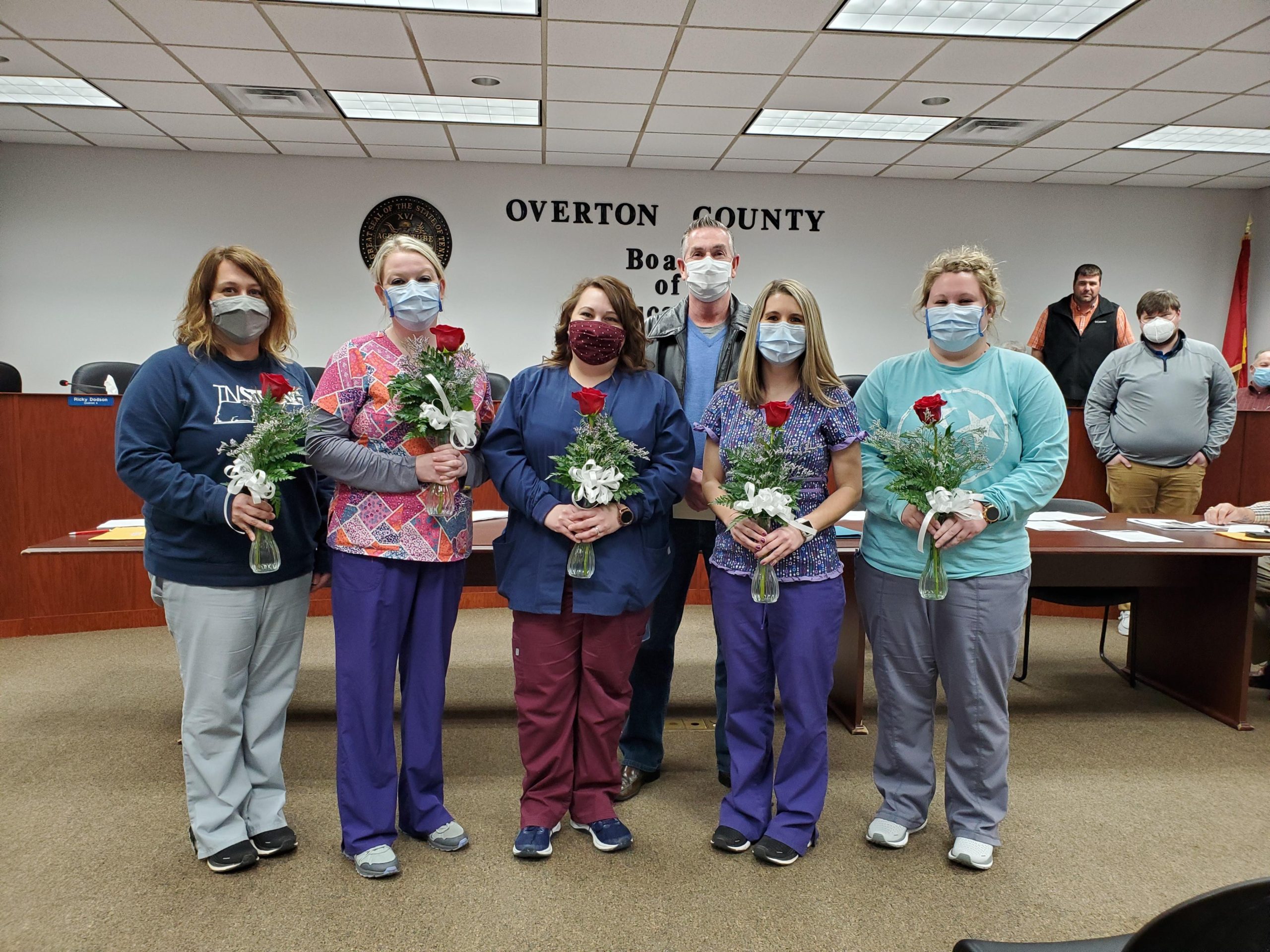Modern telehealth platforms integrate sophisticated interactive technologies that transform remote medical consultations into engaging, comprehensive healthcare experiences. Advanced digital capabilities enhance patient-provider communication while improving diagnostic accuracy and treatment outcomes through cutting-edge innovation. NextClinic demonstrates interactive technologies including virtual examination features, real-time health monitoring, and collaborative treatment planning interfaces that create immersive healthcare experiences. These interactive elements rival traditional in-person consultations while offering unique advantages through digital innovation.
Virtual examination technologies
Digital diagnostic capabilities enhance medical consultations through technology integration and patient-centred design approaches. Digital diagnostic capabilities include magnification features, lighting adjustments, and image capture functions that support accurate medical assessment during telehealth consultation sessions that enhance patient engagement capabilities.
- Remote monitoring integration
Wearable device connectivity allows real-time vital sign monitoring during consultations, providing healthcare providers with objective data on heart rate, blood pressure, and oxygen saturation levels. Remote monitoring creates comprehensive health assessments that combine patient-reported symptoms with quantitative physiological measurements for optimal diagnostic accuracy.
- Interactive assessment interfaces
Systematic symptom tracking tools guide patients through comprehensive health evaluations using structured questionnaires, visual pain scales, and symptom severity indicators. Interactive assessments ensure thorough medical evaluation while enabling patients to communicate health concerns effectively through user-friendly digital interfaces designed for clarity and completeness.
Patient education platforms
- Interactive learning modules
Comprehensive educational resources provide patients with access to condition-specific information, treatment explanations, and medication guidance through multimedia presentations that combine text, images, and video content. Educational modules enable patients to learn about their health conditions at their own pace while ensuring accurate medical information access.
- Treatment visualization tools
Three-dimensional anatomical models and treatment simulation software help patients understand medical procedures, medication effects, and recovery processes through immersive visual experiences. Visualization tools improve patient comprehension while reducing anxiety about medical treatments through clear, detailed explanations of healthcare procedures.
- Progress tracking dashboards
Personal health dashboards enable patients to monitor treatment progress, track symptoms, and visualize health improvements through intuitive graphical interfaces. Progress tracking promotes patient engagement while providing healthcare providers with valuable data about treatment effectiveness and patient compliance with therapeutic recommendations.
Collaborative treatment planning
Shared decision-making platforms enable patients and providers to collaboratively develop treatment plans through interactive planning tools that consider patient preferences, lifestyle factors, and treatment goals. Collaborative planning includes treatment option comparisons, outcome probability displays, and personalized recommendation systems that support informed healthcare decisions through transparent, patient-centered approaches. Digital consent systems streamline treatment approval processes through electronic signature capabilities, comprehensive information disclosure, and interactive consent forms that ensure patient understanding.
Technology accessibility features
- Multi-device compatibility
Cross-platform functionality ensures that patients can access telehealth consultations through smartphones, tablets, computers, and smart televisions using optimized interfaces designed for each device type. Multi-device support accommodates diverse patient technology preferences while maintaining consistent consultation quality across all access methods.
- Language and accessibility support
Multi-language interfaces and accessibility features, including screen readers, text enlargement, and hearing assistance integration, ensure inclusive healthcare access for diverse patient populations. Accessibility support eliminates barriers to telehealth consultation participation while ensuring equal healthcare access regardless of language preferences or physical limitations.
- Technical support integration
Real-time technical assistance provides patients with immediate help during consultations through integrated support chat, video tutorials, and step-by-step guidance systems. Technical support ensures successful consultation completion while minimizing technology-related barriers that could interfere with healthcare delivery or patient satisfaction.
Interactive tools create engaging telehealth experiences that enhance medical consultations through advanced technology integration and patient-centered design. These technological innovations enable effective patient-provider interactions while improving healthcare outcomes through enhanced engagement and communication that surpasses traditional consultation limitations.











